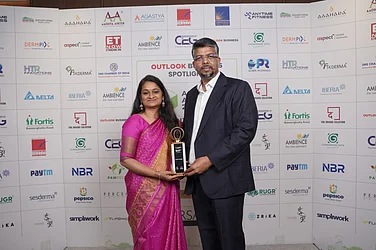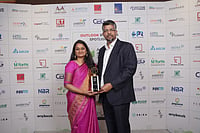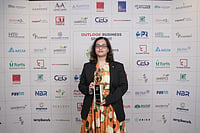Legacy software systems are increasingly vulnerable to modern cyber threats due to outdated security measures. These systems often fail to protect sensitive data, leading to significant risks of breaches and non-compliance with current regulatory standards. Without robust cybersecurity, legacy systems can compromise data integrity, operational efficiency, and organizational trust. Vijayasekhar Duvvur, an expert Software Systems Modernization Specialist, has significantly advanced the modernization of legacy software systems by improving system efficiency, data integrity, and security compliance, thereby setting new standards for robust, secure, and future-ready platforms. This article delves into his strategies for enhancing cybersecurity through the modernization of legacy systems, drawing on his extensive experience and published work in the field.
One of Duvvur’s notable projects involved the modernization of the Project Planning and Funding Management System at the Ohio Department of Transportation (ODOT). Transitioning this system from an outdated, vulnerable legacy framework to a modern, secure platform was pivotal in addressing inherent security weaknesses and ensuring that the new platform could meet current and future cybersecurity challenges. “Modernizing legacy systems is about more than just upgrading technology. It involves building a secure, scalable, and efficient system that can withstand evolving threats,” Duvvur noted. His article, “Securing the Future: Strategies for Modernizing Legacy Systems and Enhancing Cybersecurity,” explores these vulnerabilities in detail and presents modernization as the cornerstone solution for safeguarding sensitive data and fortifying an organization's security posture in today’s dynamic digital landscape.
A key aspect of Duvvur's approach was focusing on security compliance throughout the modernization process. Conducting a comprehensive compliance gap analysis, he identified vulnerabilities and mapped them to the latest security standards. By incorporating secure development practices and rigorous testing, he ensured that the modernized system met all relevant compliance requirements. “Compliance with security regulations is critical in today’s threat landscape. We prioritized aligning our modernization efforts with the highest security standards to protect sensitive data and maintain system integrity,” Duvvur mentioned. The necessity for security compliance is further explained in his publication, “Ensuring Security Compliance in Legacy System Modernization: A Balancing Act for Enhanced Protection.”.
During the migration process at ODOT, Duvvur implemented robust data security measures, including data encryption and access controls, to safeguard sensitive information. He classified data according to its sensitivity and restricted access to authorized personnel, ensuring that the migration process did not compromise data integrity or security. “Data security was a top priority during the modernization. We took extensive measures to ensure that data remained protected throughout the migration process, eradicating the risk of breaches," Duvvur emphasized. His detailed strategies are further elaborated in the article “Securing the Future: Strategies for Modernizing Legacy Systems and Enhancing Cybersecurity,” which outlines the critical role of robust data security measures in successful legacy system upgrades.
Duvvur’s approach ensured that the modernized system was not only efficient but also secure from potential cyber threats. “We focused on building a secure system from the ground up,
integrating security into every stage of the development process. This approach was crucial in creating a resilient and trustworthy system,” Duvvur stated.
To maintain the security of the modernized system, Duvvur implemented continuous monitoring and vulnerability management practices. By deploying security information and event management (SIEM) systems and conducting regular vulnerability assessments, he ensured that the system remained protected against emerging threats. “Continuous monitoring and proactive risk management are essential for maintaining the security of modernized systems. These practices help us stay ahead of potential threats and ensure ongoing system integrity,” Duvvur highlighted in his published work on security strategies.
Recognizing the importance of stakeholder engagement, Duvvur provided comprehensive security awareness training and conducted regular reviews to ensure that all users were aware of their roles in maintaining system security. This approach fostered a culture of security awareness and ensured that everyone involved was aligned with the system’s security goals. “Education and stakeholder engagement are key to a successful modernization. By educating users and involving them in the process, we ensure that the system remains secure and effective in the long term,” he remarked. His emphasis on stakeholder education and engagement is discussed in the article “Ensuring Security Compliance in Legacy System Modernization: A Balancing Act for Enhanced Protection.”.
Vijayasekhar Duvvur’s innovative approach to modernizing legacy software systems has set a new benchmark for security and efficiency. His focus on security compliance, data integrity, and stakeholder engagement has not only improved current system performance but has also prepared it to meet future challenges with confidence. Duvvur’s work exemplifies the importance of integrating security into the modernization process, ensuring that legacy systems can evolve into robust, secure platforms that support organizational goals and safeguard sensitive data.
“Modernization is a critical investment in the future. By prioritizing security and efficiency, we create systems that are not only reliable but also resilient against the ever-changing landscape of cyber threats,” Duvvur concluded.


























